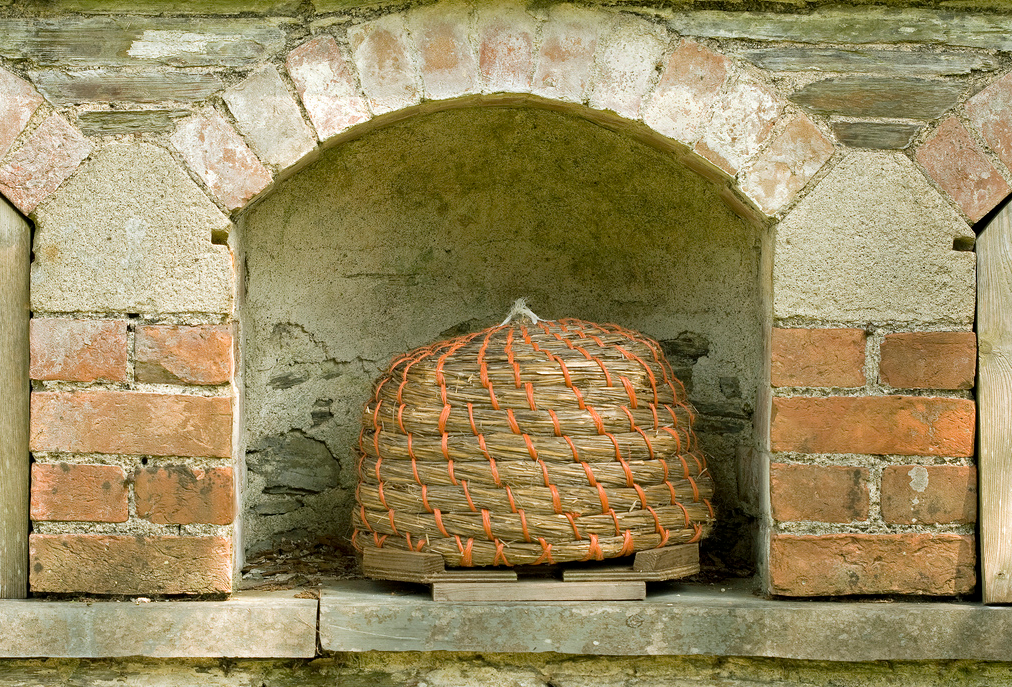Bee boles helped protect colonies in winter
Bee boles are found in many places across the UK. They also go by the name of bee holes, shells, keps, niches, walls and houses depending where in the country they were sited. Interestingly the word "bole" comes from the Scottish for hole and bee boles are particularly evident in Scotland where the need to provide protection from wind, rain and cold weather is key to successful beekeeping.
Bee boles were often padlocked to prevent valuable honey being stolen and seem to be most popular in the eighteenth and nineteenth centuries - being built close to large country houses. To help with insulation in the winter a wooden door or board was often fitted and a drape of hessian placed in front to keep out cold weather.
Bee boles did what the Bee Cosy is doing today - keep hives dry and provide protection from cold weather. In the summer they would also provide some protection from direct sunlight at midday and the heat built up in the stone walls during the day would then provide some degree of radiated heat at night.
The IBRA maintains a register of bee boles in the UK and currently holds records on 1,562 bee boles.
Here's a selection of great bee bole pictures

